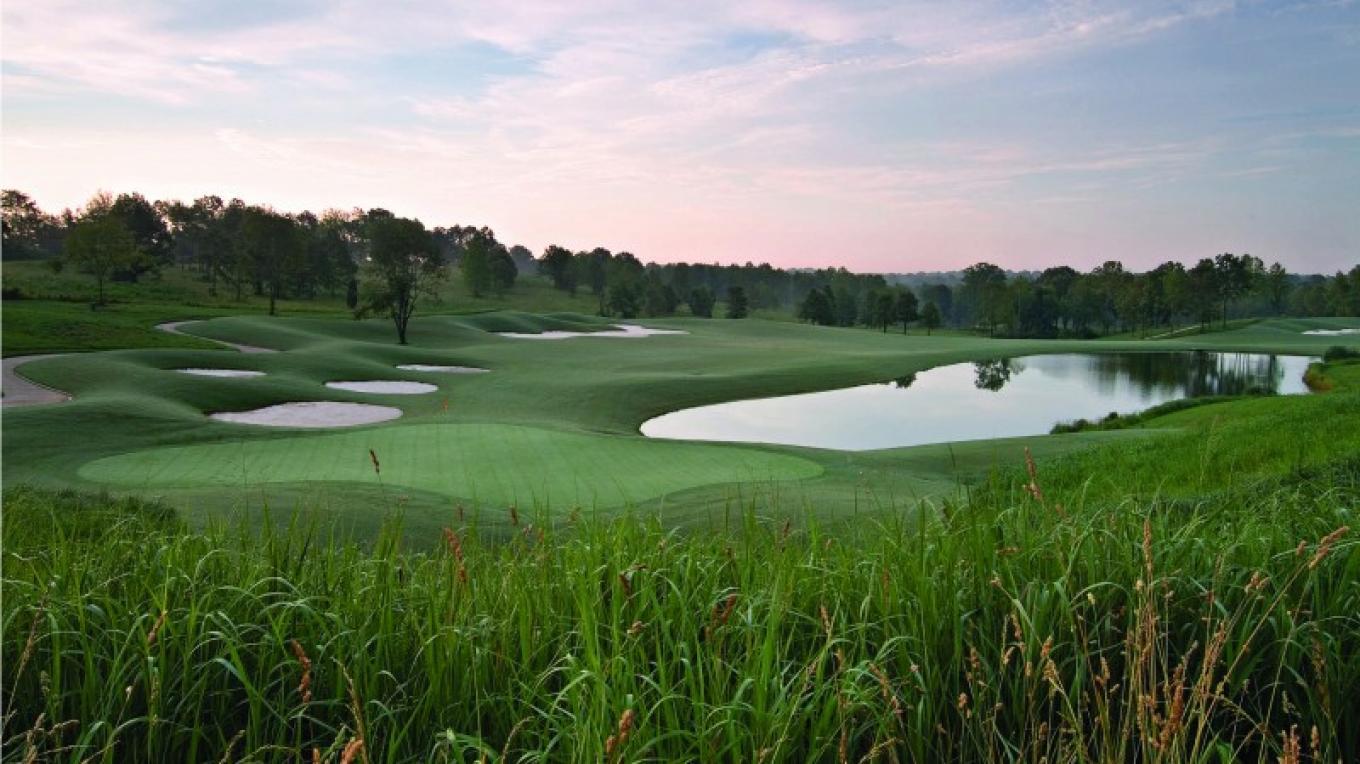Robert Trent Jones- A Legacy of Golf Landscape Architecture

Land use and design have become critical in this era of climate change and land pressures. When once design was more about building challenging courses without regard to water use or run-off, today’s golf course architects have become immersed in conservation and preservation of these properties.
A trailblazer for golf course design, Robert Trent Jones was a British- American architect who designed over 500 courses in 45 countries. He was known for his innovative design style, which combined natural landscapes with challenging golf holes. He had a significant impact on the development of modern golf course design, and his courses are considered some of the best in the world.
However, Jones’ early courses were criticized for their lack of environmental concern. Many of them required large amounts of earth-moving and significant changes to the natural landscape, leading to the loss of wildlife habitat and other environmental impacts. In response to these concerns, Jones began to incorporate more conservation-minded practices into his designs.
Jones started to use more natural materials, such as native grasses, and worked to preserve natural habitats and protect wildlife. He also began to design courses with fewer earth-moving operations, opting instead to work with the natural contours of the land. This approach helped to minimize the impact of his courses on the environment, while still maintaining the challenging and exciting golf experience that he was known for.
Since Jones incorporated this style, it has become very popular among modern course designers as the more natural style has replaced the aging tree-lined old country club design common in the early 1900’s. As a golfer who has played hundreds of historic country club designs as well as the more modern “take what you get” from the landscape design I believe the natural design is a more enjoyable experience as it gives you a greater ability to connect with the natural earth. However, these courses tend to be more challenging as there are more places to lose your ball when there are thick native grasses, as well as bluffs and cliffs to deflect your ball.
In addition to his design work, Jones was also a strong advocate for conservation and environmental responsibility in the golf industry. He encouraged other architects to follow his lead and incorporate environmentally-friendly practices into their courses. His influence has been felt throughout the industry, and many courses today are designed with conservation in mind. Both of his sons- Robert Trent Jones Jr and Rees Jones who advocate for conservation practices for golf course design.
Overall, Robert Trent Jones was a visionary in the world of golf course design, and his path towards making his courses more conservation-minded had a lasting impact on the industry. By combining his passion for golf with his commitment to environmental responsibility, he helped to shape the future of golf course design and set a standard for sustainability in the industry.

Recent Comments